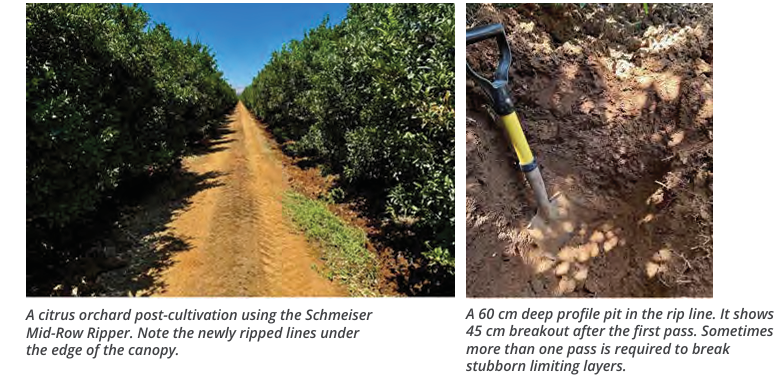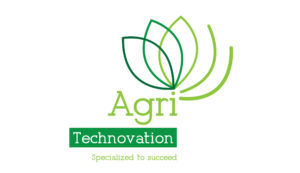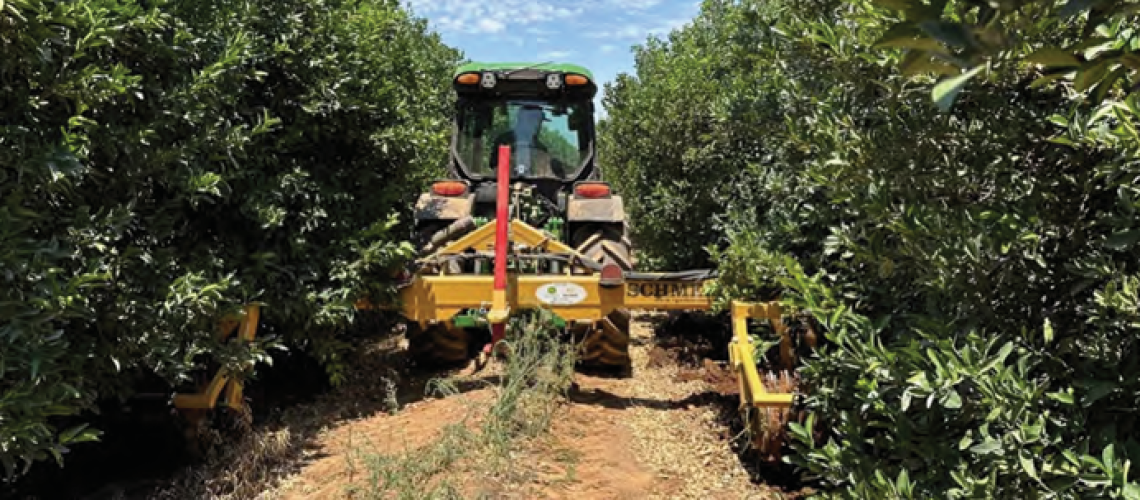Marnus Ferreira, Technical Head of Soil Science and ITEST™SOIL
The challenge of established orchards
The improvement or correction of soil-related limitations in existing orchards has presented many a challenge to producers in the past. Up to now, using available technologies, it has been very difficult to fix the impact of mistakes made or shortcuts taken during orchard development, in established orchards.
A revolutionary game changer
We are now excited to introduce a game-changing tool, the Agri Technovation Schmeiser Mid-Row Ripper with Vibrosoiler® technology (Figure 1).
It is a single bar, width- and depth-adjustable, vibrating wing mid-row ripper and is specifically designed for use in existing orchards.
For this capability, the Schmeiser Mid-Row Ripper is regarded a revolutionary development, providing solutions to a host of soil-related limitations. It enables growers to improve the root zone through mechanical cultivation in existing orchards, which, up to now, could not have been done as effectively by any other technology.
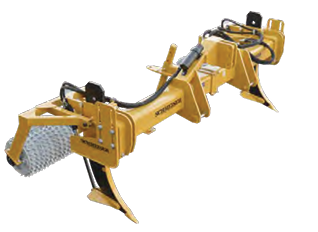
Figure 1: The Schmeiser Mid-Row Ripper with Vibrosoiler® technology. (www.tgschmeiser.com/ products/mid-row-ripper.html).
Why is it different?
Ordinary mid-row ripping in its current form is only good for managing water ponding in the wheel-path. It does not influence the most important part of an orchard: the root zone. Using the ordinary rippers will reduce the compaction directly below the wheels-path, but will not be able to sufficiently break the soil either side of the tine, therefore leaving the root zone compaction undisturbed and intact.
The Schmeiser ripper enables the operator to shatter the soil up to ~40 cm on both sides of the ripping tine, which means that the tine can be placed at a safe distance from the tree trunk (and irrigation lines) and still be able to affect the crucial irrigated root zone. This is why the engineering of the Schmeiser ripper is ingenious.
Although it was originally designed to address wheel-path compaction, producers all around the globe experiencing a variety of soil-related challenges will now benefit greatly from what this revolutionary tool has to offer.
Key mechanical features & tine options
Mechanical features
• Adjustable parabolic curved ripper with 20 cm vibrating winged keel.
• Maximum ripping depth of 60 cm: The following is recommended by the
dealer to achieve maximum ripping depth:
o Requires the tractor to have hydraulics at a working pressure of 1400 to 1800 PSI. Flow rate of 15-35 l/m depending on model used.
o Vineyards: 125 HP tractor recommended if tractor has 4 x 4; 135-150 HP if tractor is 2 x 4.
o Orchards: 135-150 HP tractor recommended with 4 x 4.
• Three (3) depth positions for tines (30 – 60cm).
• Optional wing sizes (15 – 25 cm).
• Ring rollers (60 cm wide).
• Adjustable to fit various row widths (1.8 – 4.6 m in orchards; 0.9 – 1.5 m in vineyards).
Current tine options
Currently, tine options are limited to an adjustable parabolic shank with 20 cm vibrating winged keel, but we are working closely with Schmeiser® Farm Equipment to improve and widen the service offering by including alternative types of tines to target specific soil constraints.
The vineyard ripper is fixed at 1,2cm with no roller, while the orchard ripper is adjustable up to 3,5m with rollers.
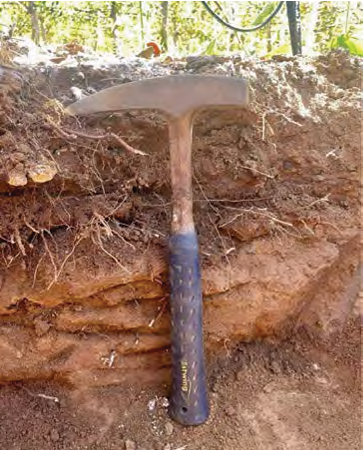
A severely compacted apple orchard – an ideal candidate for the Schmeiser Mid-Row Ripper. Note the complete lack of roots below the upper metal part of the soil pick (total length of pick about 30 cm).
Success factors and key solutions
Key success factors
• ~40 cm-wide shattering effect either side of the ripping tine.
• Versatility: adjustable width and tine depth to enable use in multiple row-widths and
soil types with a single tool.
• The correct application of this tool (timing of ripping, ripping depth, spacing, oscillating wing depth and post cultivation action plan).
• The proximity to the irrigation zone – enabling the improvement of soil limitations in or near the root/irrigation zone.
Solutions offered
• Decompaction of soils
• Leaching of salts
• Increasing rooting depth
• Improved infiltration
• Improved drainage
• Shattering of limiting layers
• Can have mixing effect when parabolic tines are used
• Results in new root formation
Important recipe for use
When it comes to soil preparation, attempts to take shortcuts or save costs could, and usually do, come at a huge price. As soil preparation directly influences the biggest factor in long term sustainable production namely irrigation – it certainly calls for an approach that will yield long-term optimal results. Ironically, the opposite is often observed and experienced all over the world. Optimum time to use the Mid-row Ripper is growth phase.
Fortunately, now for the first time there is a tool available that will change the game and remedy some of these problems post-establishment. However, to achieve maximum benefit from using the Schmeiser ripper, a recipe must be followed, which can only be determined by determining what the actual soil conditions are.
Therefore, first and foremost, an in-depth soil physical study must be performed – noting certain key physical properties is vital to a successful mechanical action. (This is also applicable to new developments where many mistakes are often made).
